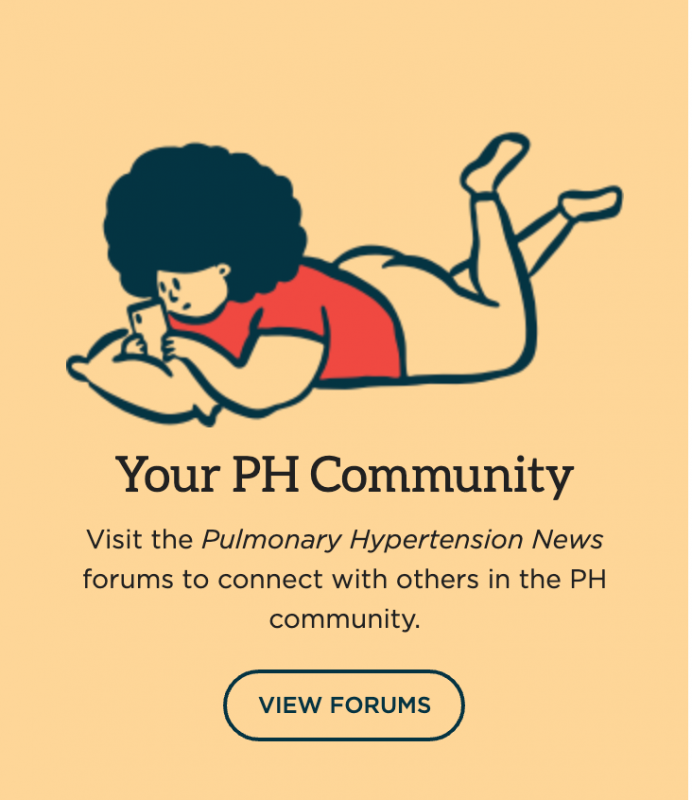Lung transplant referrals lacking for PAH patients: Study
Clinical recommendations say eligible cases should be referred early

Most people with pulmonary arterial hypertension (PAH) are not referred for a lung transplant, despite clinical recommendations that referral should occur early in potentially eligible cases, a study reports.
About 18% to 29% of participants with advanced functional class 4 disease, who guidelines recommend referrals for, received referrals. Older age and higher body mass index (BMI), a measure of body fat, correlated with decreased referral rates. Those who received referrals tended to have higher incomes and levels of education.
“Rates of referral for lung transplantation in patients with PAH remain unacceptably low and occur too late,” researchers wrote. “Increased awareness of the benefit of early referral is necessary, even at expert centers.”
The study, “The landscape of referrals for lung transplantation in pulmonary arterial hypertension: a report from the Pulmonary Hypertension Association Registry,” was published in The Journal of Heart and Lung Transplantation.
One-fifth of PAH patients who received referrals died without lung transplant
In PAH, a type of pulmonary hypertension, the pulmonary arteries that transport blood to the lungs narrow, restricting blood flow and raising blood pressure. As a result, the heart must work harder to compensate as it pumps blood throughout the body.
Most approved PAH medications aim to widen the pulmonary arteries, lowering blood pressure and easing symptoms. One way to do this is with a synthetic version of the hormone prostacyclin.
Notable progress has been made in the PAH treatment landscape, but “lung transplantation remains necessary for many with this progressive disease to extend survival and improve health-related quality of life,” the researchers noted.
The International Society for Heart and Lung Transplantation recommends referring PAH patients in intermediate or high-risk categories for lung transplant. People taking parenteral, or injected, prostacyclin should also be referred. Other international organizations have since adopted similar best practice advice.
“It remains unknown if providers are making referrals according to recommended guidelines,” the team wrote. The researchers addressed this question by analyzing a database of people seeking care at any one of 72 U.S. Pulmonary Hypertension Association-accredited care centers.
The researchers identified 1,671 participants with PAH, of whom 12% received referrals for lung transplant. Within this group of 199 participants, 30% underwent a transplant and 21% died without transplant.
“That one fifth of patients referred for transplantation died before undergoing transplantation indicates that the referrals which were made are likely occurring too late in the process,” the researchers wrote.
Chances of referral also depended on diagnosis
Several factors influenced referral rates. At presentation, those who were ultimately referred for transplant were younger, had a lower BMI, more frequently had graduated college, had a higher income, and were less likely to have smoked or to have ever used methamphetamines, a type of stimulant.
There were also differences in the clinical features between those referred for transplant and those who were not. Higher risk scores and higher functional class, indicating greater disease severity, made it more likely to be referred. Other differences included lower exercise capacity, higher levels of a biomarker of heart failure known as NT-proBNP and worse generic-physical health-related quality of life among those referred for transplant.
However, those referred showed higher renal function. “This indicates that PAH providers may be holding back referrals due to perceived barriers,” the scientists wrote.
Chance of referral also depended on the specific diagnosis. Rates were highest for those with connective tissue disease or pulmonary veno-occlusive disease, which is characterized by progressive obstruction of small pulmonary veins.
“Higher rates of referral in pulmonary veno-occlusive disease reflects that these patients have no treatment options aside from lung transplantation, and higher rates of referral in connective tissue disease reflects that they have a high risk,” the team wrote.
Certain medications, including PAH-specific treatments and parenteral prostacyclin, also increased likelihood of referral.
“Rates of referral for transplantation in PAH are low. Future studies could assess provider perceptions on referral for transplantation to better understand why,” researchers wrote. “Our registry does not capture all potential barriers to transplantation, and some of the patients enrolled may have an absolute contraindication or may not even want to pursue transplantation,” the investigators noted.









